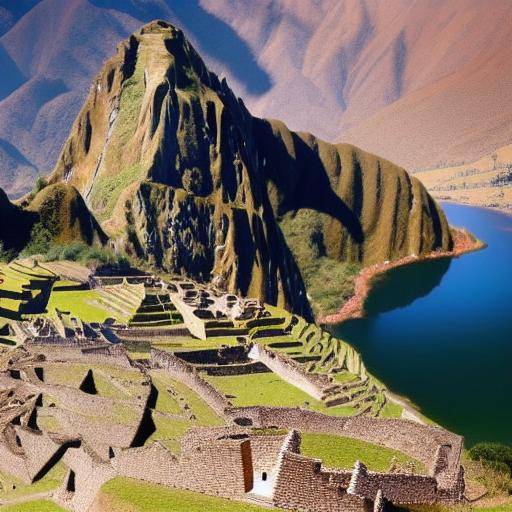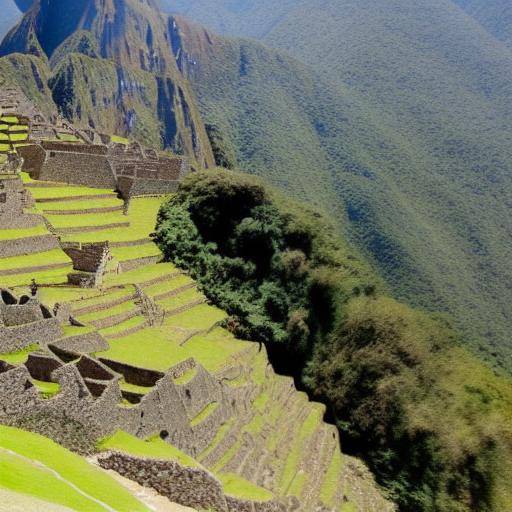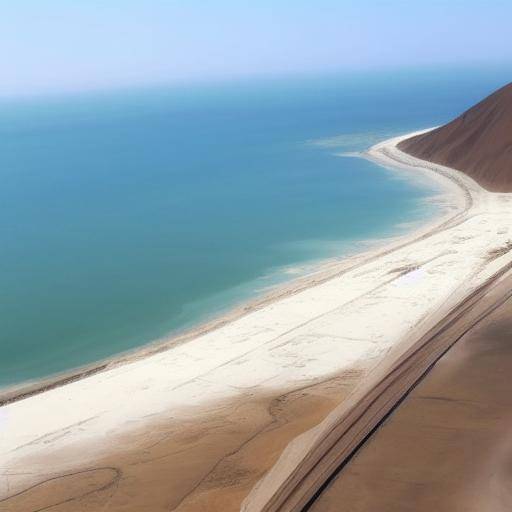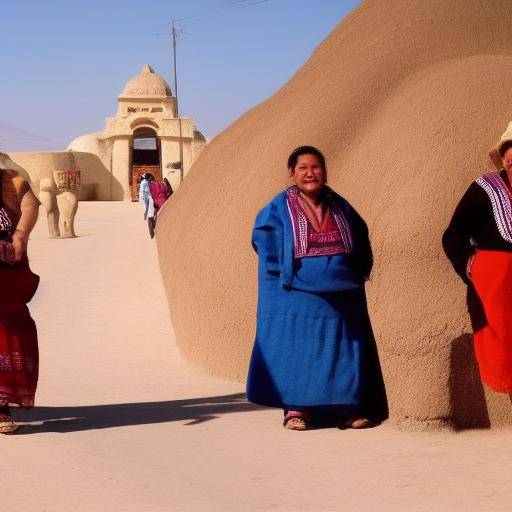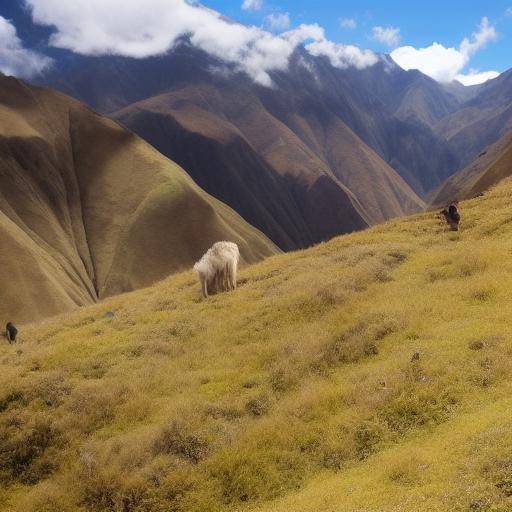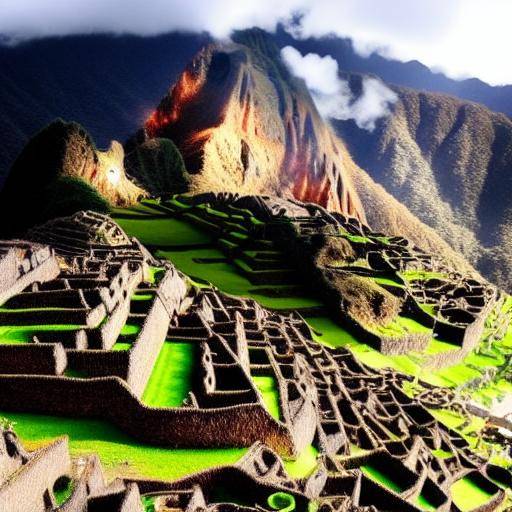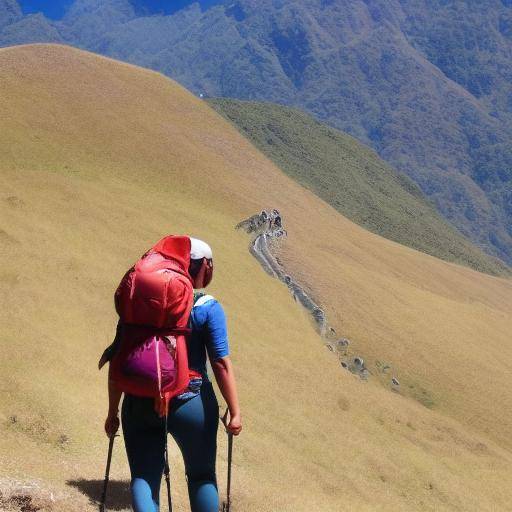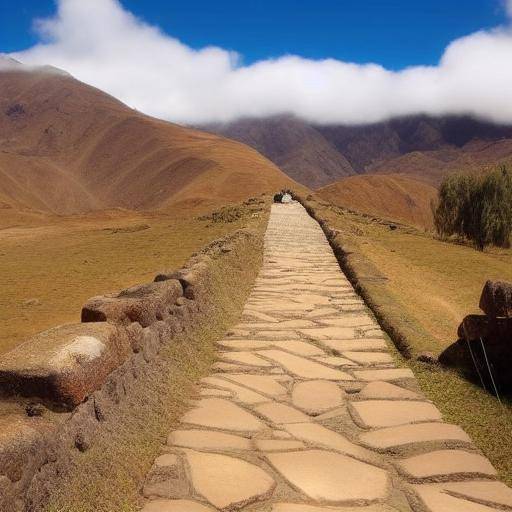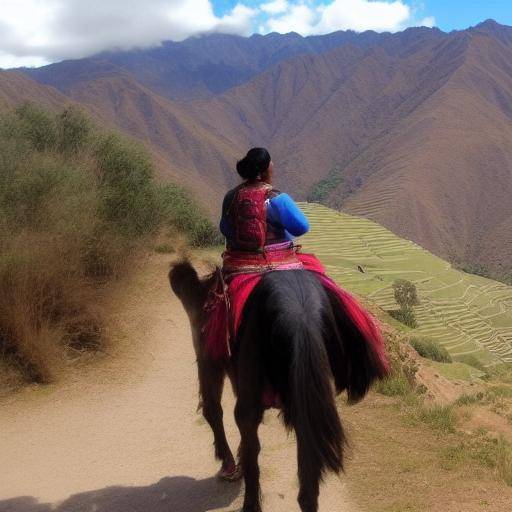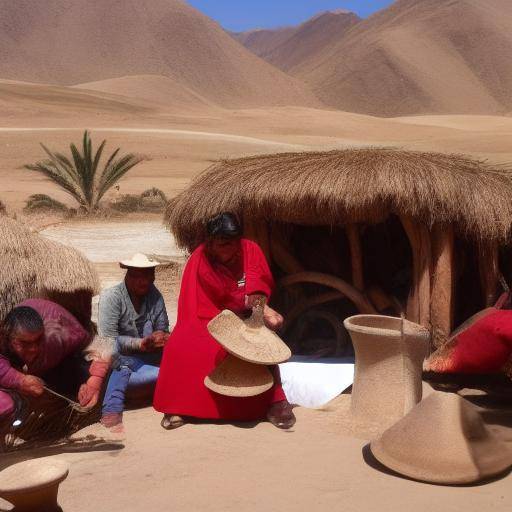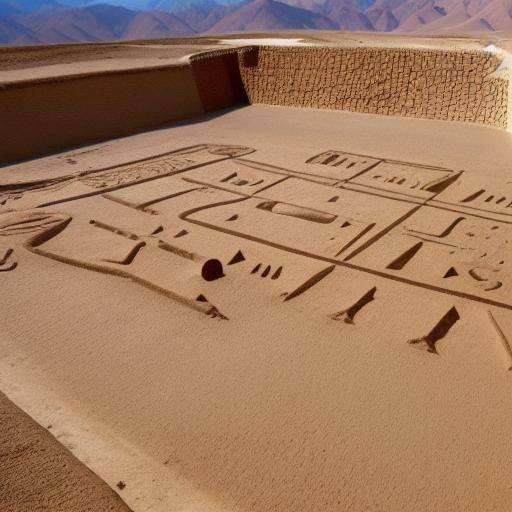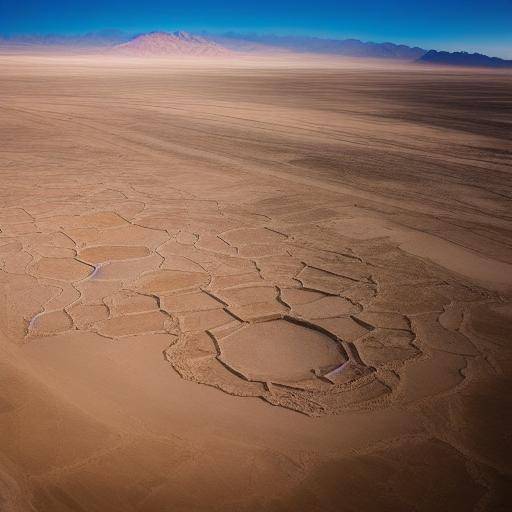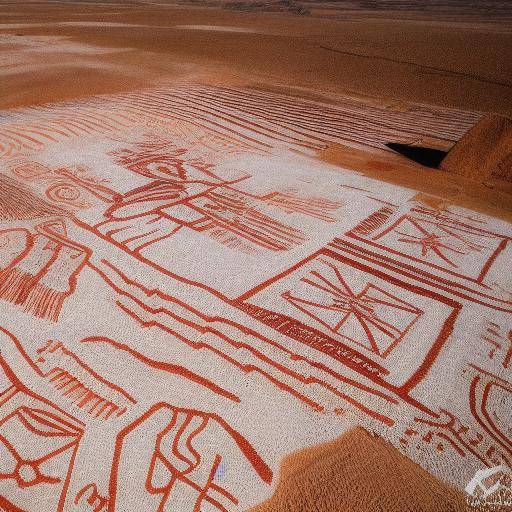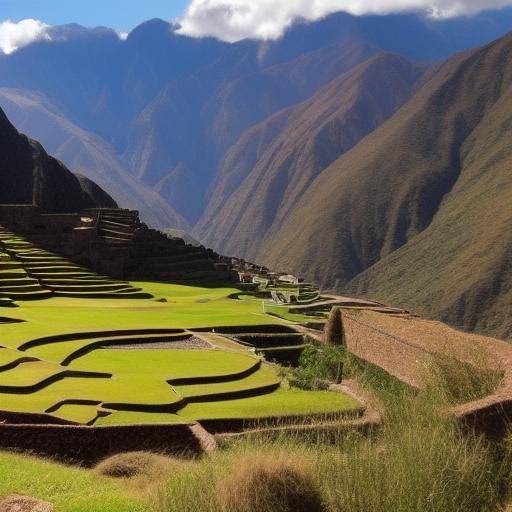
The Sacred Valley of the Incas in Peru is a place of immense natural beauty and historical importance that has attracted travelers, archaeologists, and adventurers for centuries. In this article, we will explore the rich history and stunning nature of this place, learning about the ancient Inca culture and its legacy in the region. From the majestic landscapes to the archaeological remains, immerse yourself in this fascinating journey through the time and nature that will make you wonder.
Introduction to the Sacred Valley of the Incas
The Sacred Valley of the Incas, located in the Peruvian Andes, is a region of singular beauty that dazzles its visitors with imposing mountains, winding rivers and ancient inca ruins. This valley, which extends from the village of Pisac to Ollantaytambo, has been venerated by the Incas for their exceptional fertility and natural wealth.
History and Origins of the Sacred Valley
The Sacred Valley has a history deeply rooted in Inca civilization. During the peak of the Inca Empire, this region played a crucial role in agricultural production and in the development of inca culture. The incas built numerous agricultural terraces along the hillsides, taking advantage of the diversity of microclimates present in the valley.
The valley also played an important role in the inca rituals and ceremonies, hosting some of the most sacred sites and revered by this civilization. Places such as Pisac and Ollantaytambo stand out as iconic monuments of architectural skill and incas wit.
Nature and Biodiversity
In addition to its historical relevance, the Sacred Valley is a spectacular natural paradise. Its imposing mountains, fertile valleys and crystal clear water rivers make it a must for ecotourism lovers. The diversity of ecosystems present in the valley houses a wide variety of flora and fauna, with endemic species that captivate scientists and nature enthusiasts alike.
Discovering Inca Culture
The valley is the perfect place to immerse in the inca culture, as it houses numerous archaeological sites that offer a window to the past. From the ruins of Pisac, with its agricultural terraces and astronomical observatories, to the majestic fortress of Ollantaytambo, where you can appreciate the architectural skill of the Incas, each archaeological site offers a unique vision of civilization that once reigned in this region.
Responsible and Sustainable Tourism
As tourism in the Sacred Valley continues to grow, it is crucial to promote sustainable practices to preserve its natural beauty and its invaluable cultural heritage. Visitors have the responsibility to respect and preserve archaeological sites and to contribute to the well-being of local communities. Supporting responsible tourism ensures that future generations can enjoy and learn from the richness of the Sacred Valley.
Conclusion
The Sacred Valley of the Incas in Peru is a place where history and nature intertwine in an extraordinary way. From the grandeur of its historical monuments to the exuberance of its natural environment, the valley offers a unique experience that will enrich the soul of anyone who explores it. Dive into the magic of the Sacred Valley and discover the fascinating connection between history, nature and inca culture that lasts in this extraordinary corner of the world.
FAQs
What is the best time to visit the Sacred Valley of the Incas?
The best time to visit the Sacred Valley is during the dry season, from May to September. During these months, the climate is more stable and there is less likelihood of rain, which facilitates the exploration of archaeological sites and outdoor activities.
What are the most outstanding archaeological sites in the Sacred Valley?
Some of the most outstanding archaeological sites in the Sacred Valley include the ruins of Pisac, Ollantaytambo, Chinchero and Moray. Each of these sites offers a unique vision of the architecture and everyday life of inca civilization.
What activities can be done in the Sacred Valley in addition to visiting archaeological sites?
In addition to visiting archaeological sites, the Sacred Valley offers a wide range of activities, such as hiking, mountain biking, rafting in the Urubamba River, and the opportunity to participate in cultural interactions with local communities.
What is the importance of the Sacred Valley in Inca Culture?
The Sacred Valley was considered sacred by the incas due to its exceptional fertility and its importance in agricultural production. It also hosted numerous ceremonial and religious sites that played a crucial role in the Inca cosmovision.
How can I contribute to the conservation of the Sacred Valley during my visit?
To contribute to the conservation of the Sacred Valley, it is recommended to follow the sustainable tourism guidelines, respect archaeological sites, support local communities through the purchase of artisanal products and respect the natural environment.
What is the connection between the Sacred Valley and Machu Picchu?
The Sacred Valley served as an important agricultural and religious region for inca civilization and is also on the route to the famous citadel of Machu Picchu. Many travelers choose to explore the Sacred Valley as part of their journey to Machu Picchu, thus complementing their cultural and historical experience.
This content is just an example of what could be included in an article of great relevance about the amazing Sacred Valley of the Incas, its history and its connection to the Inca culture in Peru.

